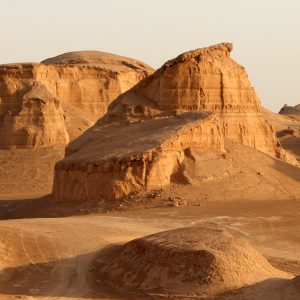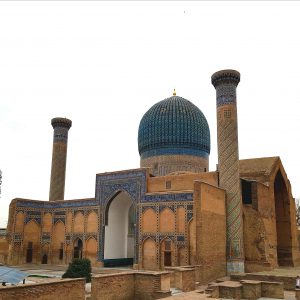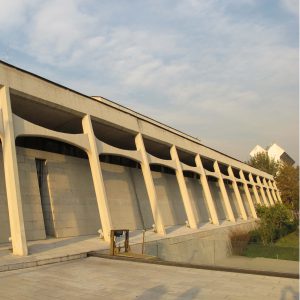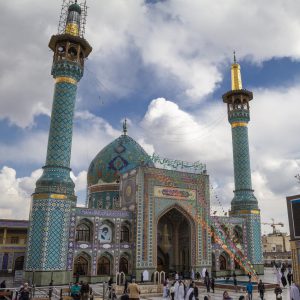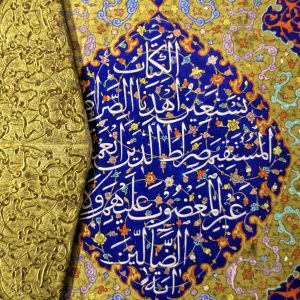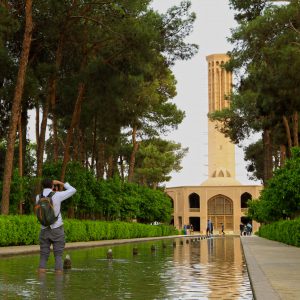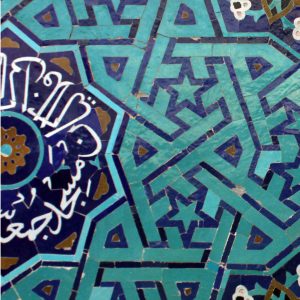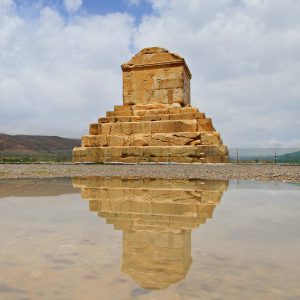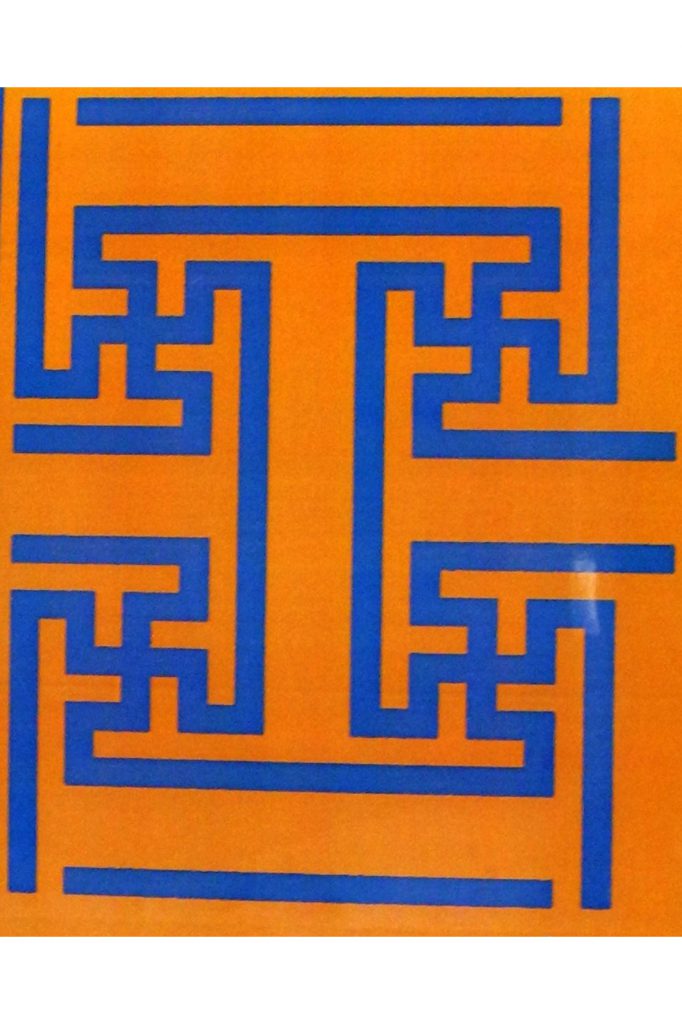
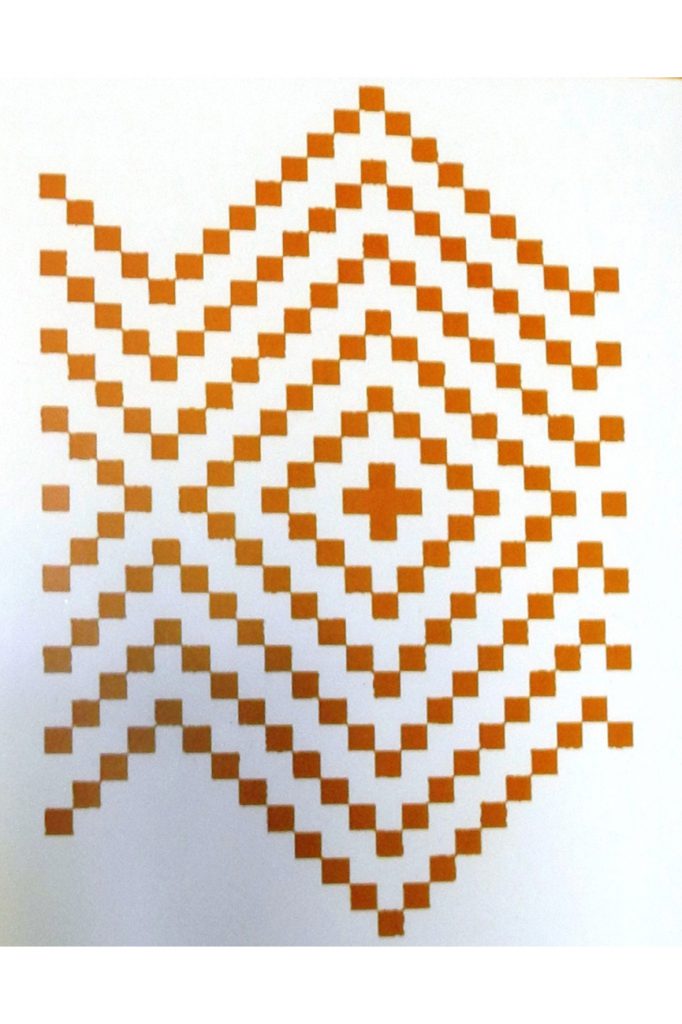
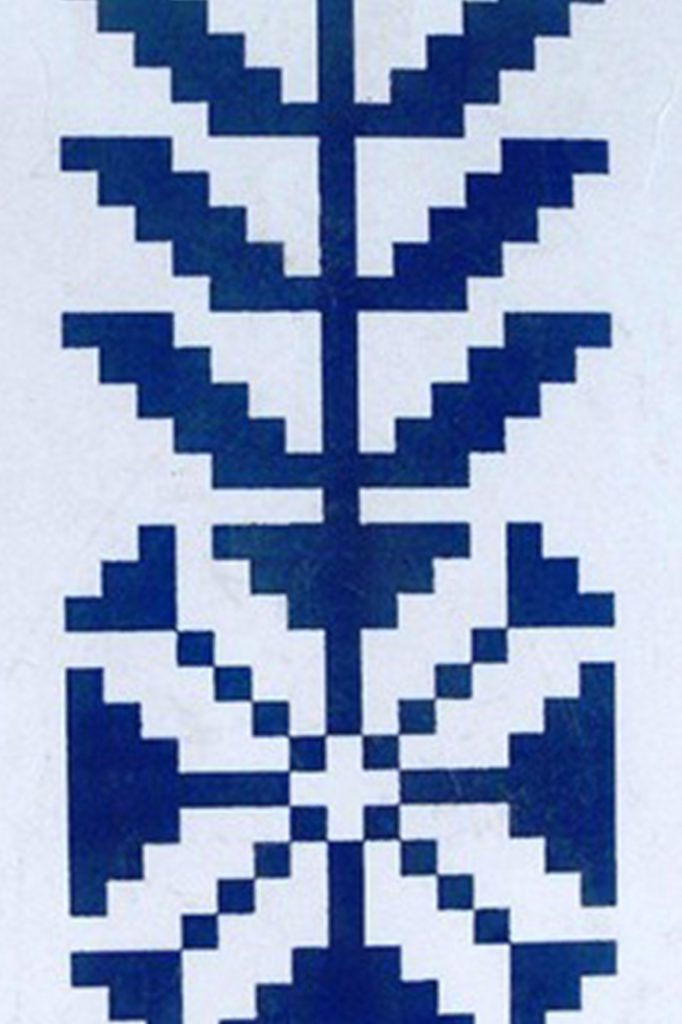
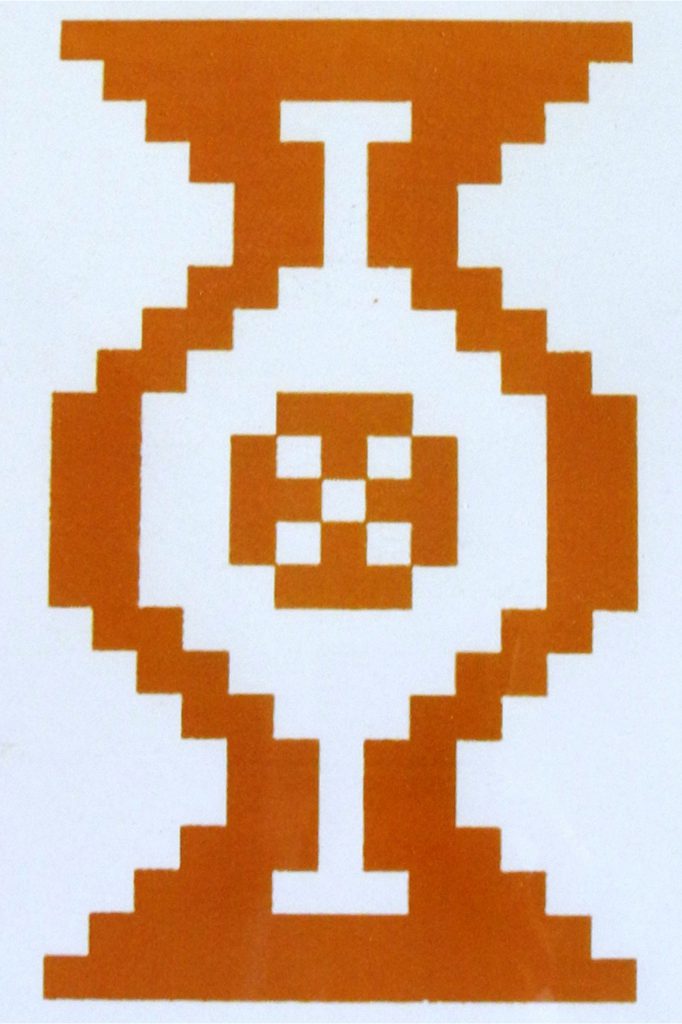
Visiting Iran’s only Zilu* Museum
The only Zilu Museum of Iran is located in Meybod’s Shah Abbasi Caravansarai. The museum is located in a section of this Safavid Era Caravansarai and contains some significant Zilus. These Zilus are from different dynasties such as Timurid, Safavid, Afsharid, Zand, Qajar, and Pahlavi, and the oldest discovered Zilu in Iran is also kept in this museum.
Zilu-weaving is one of the oldest forms of art in Iran. Zilu is a hand woven artifact made of cotton, and is majorly woven in the desert region cities. Meybod’s Zilu-weaving goes back to the Timurid dynasty, and the oldest Iranian Zilu bears the name of a weaver from Meybod. Zilu is a floor cover used for domestic and public use. Mosques, schools, and shrines are examples of public places in which a Zilu can be used. The usual coloring for domestic use of Zilu is red, green, and orange. On the other hand, the usual coloring for the public use of Zilu (e.g. in mosques) is white, blue, and dark blue. It’s also common to find useful information in the margins of Zilus in mosques (information such as name of the weaver, date of weaving, place of usage, and the name of the person who has donated the Zilu).
The oldest Zilu in the museum was woven in the Timurid dynasty in 1406.
Some features of Zilu:
Zilu is woven in two sides (contrary to carpet which is only woven in one side) and therefore can have more usage.
It’s made of cotton and is more suitable for people with sensitive skin.
It’s absolutely perfect for dry and hot regions
Our Tours:
Read More About Iran Museums:



